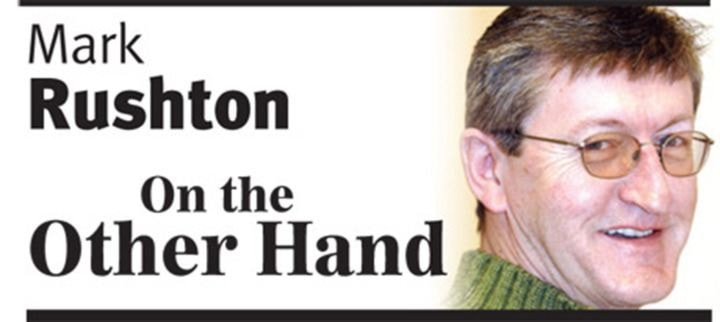Standing in the buffet line at the Rancho Friday night, I had to smile at the conversations among the other guests – which primarily consisted of “whaat?” – as they discussed the food choices.
Not surprising the lack of auditory acuity, considering the advanced age of many of those in attendance at the 75th anniversary of the MSA Pioneers Association. However, though many may have been hard of hearing – and I think I’m getting close to joining those in need of aid – there was nothing lacking in their mental ability.
Stories were traded among those at the many tables, recounting family histories in our community. I noted the name of one gentleman at my table, and asked if a road in my neighbourhood was named after his family.
“My dad pushed that road into our farm in 1913,” was the response, and there were many other stories about families who have been here for well over a century. Ron DeLair for example, whose family home was where the Cactus Club is now located.
Obviously not a pioneer myself – I’ve only been in Abbotsford a mere 45 or so years – I do have an abiding interest in all things historical, and particularly the history of my chosen community.
I have copies of, and have read, most books that detail the past of what is now Abbotsford: One Foot On The Border, Wigwams to Windmills, High Water and a few others.
I am now about to acquire the signature book of the MSA Pioneers Association: 300-plus pages, hardcover bound called Pioneer Stories, 1890 – 1950. This book was debuted on Friday night and I am certain will provide fascinating insight, told by those who have spent their entire lives here, into how Abbotsford grew from bush and swamp to the bustling city it is today.
Big in the topics of conversation over dinner was the pivotal decision back in the early 1900s to drain Sumas Lake which, when accomplished in 1923, created not only the finest but most valuable farmland in Canada. As one wag pointed out Friday night, the Pioneers Association perhaps would be better described as the Billionaires Club, considering the current value of the lands they and their families developed over the past century.
On Sunday, taking the city-side of my family on a little trip to Buckerfields to show a granddaughter for the first time bunnies and baby chicks, I recounted the value of Sumas Prairie farmland, and a brief history of Buckerfields, which was once the big player in our agricultural industry. A very old photo on display Friday night showed its giant feed mill on Railway Street. The company also owned thousands of acres of Sumas Prairie farmland until the late ’70s or early ’80s.
And the historic company still holds a warm spot in my heart because, as a kid on Vancouver Island, I used to cycle up to their feed store at least once a week to sweep out the empty grain cars to get free food for my chickens and pigeons. Or, if their boxcars were clean, I’d cross the tracks and sidings to see if there was anything left in the cars at the Brackman Kerr store.
My stories, however, will surely pale by those recounted by those in what was the Matsqui, Sumas and Abbotsford district through the pages of Pioneer Stories, 1890-1950.
Be sure to get a copy, available at Trethewey House. It will reveal many of the roots of the land on which we live.
markrushton@abbynews.com
